39 buoyancy science fair project
PDF Name(s) Project Number William P. Edwards J1310 CALIFORNIA STATE SCIENCE FAIR 2014 PROJECT SUMMARY Ap2/14 Name(s) Project Number Project Title Abstract Summary Statement Help Received William P. Edwards How Is the Buoyancy of an Object Affected by Different Liquids? J1310 Objectives/Goals My objective was to determine the effect of a liquid's density on the buoyancy of an object. I believed PDF Alec M. Howard J1514 CALIFORNIA STATE SCIENCE FAIR 2005 PROJECT SUMMARY Ap2/05 Name(s) Project Number Project Title Abstract Summary Statement Help Received Alec M. Howard Buoyancy 101: The Effect of Water Temperature on the Bouyancy of a Floating Object J1514 Objectives/Goals The objective was to determine whether a change in water density, as its temperature is ...
Science Project: Relative Density - VanCleave's Science Fun Relative density is the comparison of the density of two substances. Relative Density = Density of the boat ÷ Density of water. = 0.4 grams/1 mL ÷ 1 gram/1 mL. = 0.4. When the relative density is less than 1, the object will float (it is buoyant). Boats A, B, and C all have the same relative density as compared to water.

Buoyancy science fair project
Science Project _ Egg Floatation This is another interesting experimental project about buoyancy and density. Eggs normally sink in tap water. By changing the density of water, you can make the egg float or submerge. This project makes an interesting and exciting display. What a Drag! | Science project | Education.com Disclaimer and Safety Precautions Education.com provides the Science Fair Project Ideas for informational purposes only. Education.com does not make any guarantee or representation regarding the Science Fair Project Ideas and is not responsible or liable for any loss or damage, directly or indirectly, caused by your use of such information. Buoyant Force of Water | Science project | Education.com Disclaimer and Safety Precautions Education.com provides the Science Fair Project Ideas for informational purposes only. Education.com does not make any guarantee or representation regarding the Science Fair Project Ideas and is not responsible or liable for any loss or damage, directly or indirectly, caused by your use of such information.
Buoyancy science fair project. Bottled-up Buoyancy | Science Project In this project, you will investigate how changes in buoyancy affect whether a submarine dives or surfaces. You will build your own miniature submarine and test different levels of buoyancy with your model. You will change the level of buoyancy by adding different amounts of air and water to your model submarine. Terms and Concepts Keep the Boat Afloat | Science project | Education.com This project is an introductory investigation of buoyancy and the shape of different boats for different purposes. The goal is that the student will learn through their own experimentation the reason boats are shaped and engineered the way they are and gain scientific knowledge around a real-world concept. Download Project Add to collection Grade Float | Science project | Education.com This science fair project discovers the causes, effects and practical applications of buoyancy and encourages technological advances. Science - Commack Schools Buoyancy Review Sheet . Buoyancy Kahoot . Remember you need two devices to play! Science Fair. Science Fair Projects are due 2/28/20. Our game night and science fair evening is Thursday, 3/5 at 6:30pm. Please be prompt as we have an activity planned. Science Fair Sample Project .
Floating Balloon Science Fair Project Procedure Floating Balloon Science Fair Project This experiment is to demonstrate the principle of buoyancy of warm air. Tie a small piece of cardboard to the end of the balloon's string. Adjust the size of the cardboard piece so that it is just heavy enough to keep the balloon from rising. Buoyancy Experiments for Kids - Study.com Give your students hands-on practice with the concept of buoyancy. This experiment allows kids to explore how to make something float, sink and hover. You'll need these supplies: Small containers... What is Buoyancy? - Physics for Kids | Mocomi What is Buoyancy? - Learn buoyancy science, the reason why boats and ships float in water and don't sink, with our interactive article for kids. ... This really did help with my science fair project i was doing on buoyancy. ... Thanks, helped with my science project! (8th grader) Mykel8. February 6, 2014 at 8:33 pm . love it. tobias trstenjak ... Do Submarines Need Fins? | Science Project | Science ... Building a homemade submarine is a school project that teaches principles of gravity, pressure, friction and buoyancy. It can also be an economical project that uses common materials and one that does not require special skills or large amounts of time to complete. You can craft a submarine while learning to ...
PDF Bottled-Up Buoyancy - Science Fair Projects ABSTRACT •In my project, you create a soda bottle and fill it up with different types of liquids and different amounts of liquid. What I am trying to test is: If you change the buoyancy of a submarine, does PDF Nicole Ligh; Brynna Quillin J1524 CALIFORNIA STATE SCIENCE FAIR 2004 PROJECT SUMMARY Ap2/04 Name(s) Project Number Project Title Abstract Summary Statement Help Received Nicole Ligh; Brynna Quillin Archimedes, Blubber, and Bladders: How Fish Achieve Neutral Buoyancy J1524 Objectives/Goals Our objective was to determine how fish and marine mammals achieve neutral buoyancy. The ... Buoyancy -- Science Projects - Edinformatics Science Project and Science Fair Ideas -- Buoyancy. Results: 1) Include your table in the results section. 2).Collect the data and plot a graph of the number of washers needed to sink the boat (y-axis) vs. volume of boat (x-axis) Salt Water Density | Science project | Education.com Disclaimer and Safety Precautions Education.com provides the Science Fair Project Ideas for informational purposes only. Education.com does not make any guarantee or representation regarding the Science Fair Project Ideas and is not responsible or liable for any loss or damage, directly or indirectly, caused by your use of such information.
An Uplifting Project—The Buoyancy of Balloons | Science ... The objective of this physics science fair project is to measure how the buoyancy of helium-filled latex balloons changes over time. Introduction Helium-filled balloons float because the helium is lighter than the surrounding air.
30 Buoyancy experiments ideas | science for kids, teaching ... Science Fair The school-agers at Sunshine House 144 in Fayetteville stretch their critical thinking skills as they present and test hypotheses. The eye-catching display also supports them in revisiting the experience (and showcases a great activity for families). E Education: Sunshine House buoyancy experiments
Buoyancy - VanCleave's Science Fun 1. Wrap one of the foil squares around 10 paper clips and squeeze the foil into a tight ball. 2. Fold the four edges of the second foil square to make a small boat. Place the remaining 10 paper clips in the boat. Spread the clips as evenly as possible. 3. Fill the bucket about three-fourths full with water. 4.
Science Experiment: Density - Buoyancy | Indianapolis ... The Science Magic of Floating - Buoyancy Explained Books to help kids understand the science concept of density and how we see it at play when things float - both in the air and in water. Get ideas for science projects and information for the reports that are often required to go with them.
PDF Testable Questions for Science Fair Projects Testable Questions for Science Fair Projects Does the type of liquid affect how fast an ice cube melts? Does changing the temperature of water affect the buoyancy of an egg? Does the amount of Mentos (white candy) affect the height of the pop explosion? (remember you cannot use brand names on your board or journal)
PDF Brandon T. Nguyen J1913 Objectives/Goals The objective of this project is to determine the required salt concentration to make an object of varying weights float in three different fluids: tap water, distilled white vinegar, and 7 Up. The goal is to demonstrate Archimedes's principle by showing the effect of salt concentration on fluid density and buoyancy.
6th Grade Science Project on Buoyancy and Pressure using ... May 5, 2012 - 6th Grade Science Project on Buoyancy and Pressure using the Cartesian Diver. May 5, 2012 - 6th Grade Science Project on Buoyancy and Pressure using the Cartesian Diver. Pinterest. ... M&M Math Science Fair Project, Easy kids science fair project. Lisa Werdel. Science fair. Cool Coloring Pages. Coloring Pages To Print. Printable ...
Milk & Cookies and the Scientific Method - Around the Kampfire Teaching students about the processes scientists use is a key step in building a science foundation at the beginning of the year. In this post I'll share a fun and simple science experiment for students to explore buoyancy as they learn the steps of the scientific method.
How Much Weight Can Your Boat Float? | Science Project The displaced water creates an upward force on the object, called buoyancy. The strength of this upward acting force exerted by water is equal to the weight of the water that is displaced. Whether an object sinks or floats depends on its density and the amount of water it displaces to create a strong enough buoyant force.
Buoyancy of Floating Cylinders | Science Project If you place a wooden disk in water, it floats 'face up,' i.e., with the circular cross-section parallel to the surface of the water. However, if you place a long wooden cylinder in water, it floats on its side with the circular cross-section perpendicular to the surface of the water (see Figure 1). If you think about it, a disk is a cylinder, too. A disk is just a very short cylinder, and disk is just a special name for this type of cylinder. How short does a cylinder need to be before you can call it a disk, or is there something more to it? A coaster for a hot cup of coffee certainly fits our concept of a disk. A ceramic coaster might be almost 1 centimeter (cm) tall and 10 cm in diameter. However, you wouldn't call a 1-cm length of pencil lead a disk, you'd call it a cylinder. That's because the diameter of the pencil lead is only 0.05 cm (0.5 mm). So apparently, you should consider both the length andthe diameter of a cylinder when deciding whether or not it's a disk. A handy w...
Buoyant Force of Water | Science project | Education.com Disclaimer and Safety Precautions Education.com provides the Science Fair Project Ideas for informational purposes only. Education.com does not make any guarantee or representation regarding the Science Fair Project Ideas and is not responsible or liable for any loss or damage, directly or indirectly, caused by your use of such information.
What a Drag! | Science project | Education.com Disclaimer and Safety Precautions Education.com provides the Science Fair Project Ideas for informational purposes only. Education.com does not make any guarantee or representation regarding the Science Fair Project Ideas and is not responsible or liable for any loss or damage, directly or indirectly, caused by your use of such information.
Science Project _ Egg Floatation This is another interesting experimental project about buoyancy and density. Eggs normally sink in tap water. By changing the density of water, you can make the egg float or submerge. This project makes an interesting and exciting display.


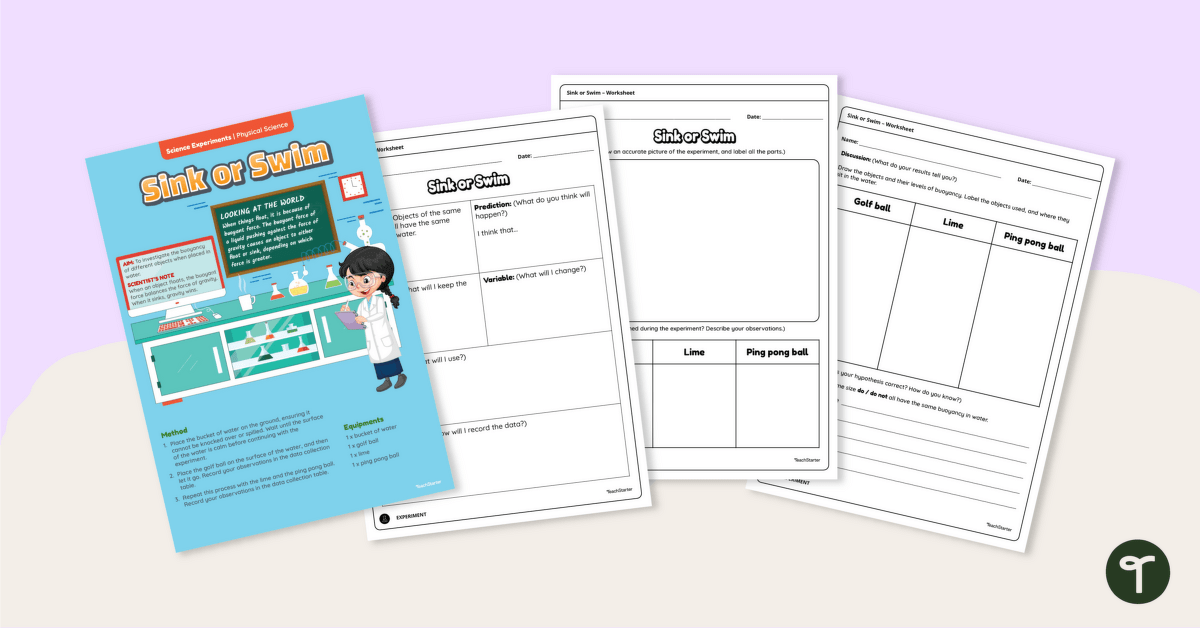

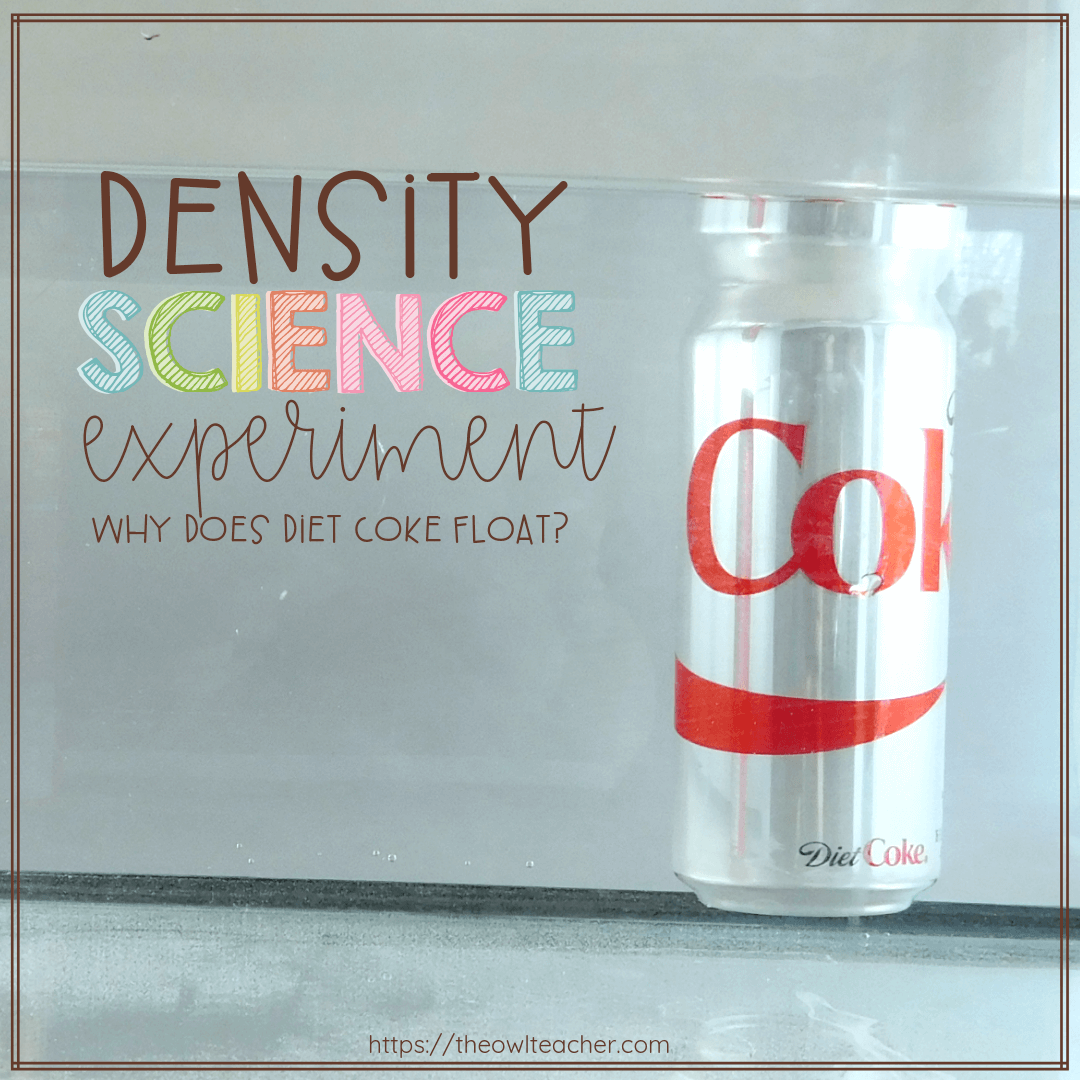
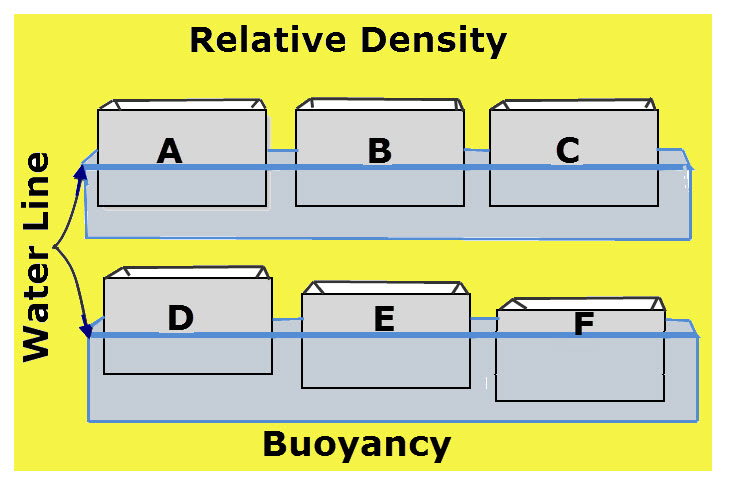



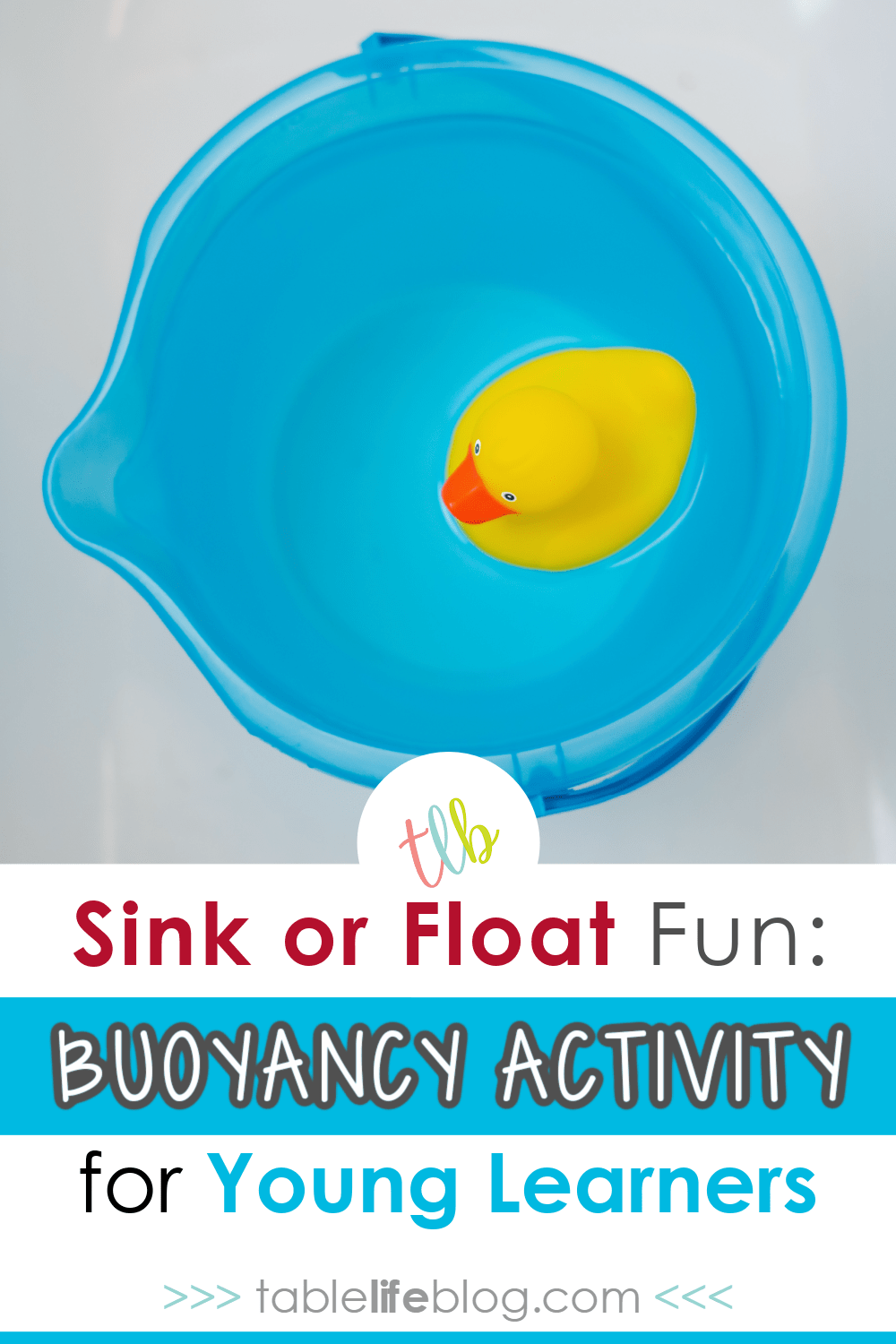



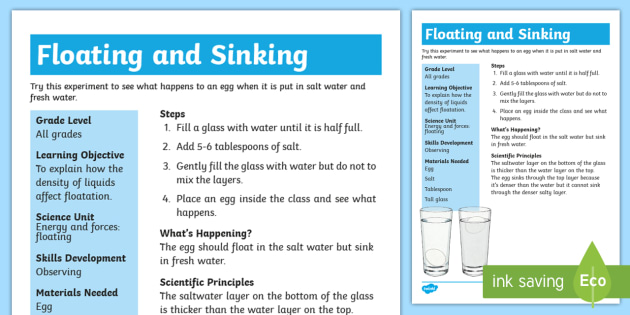


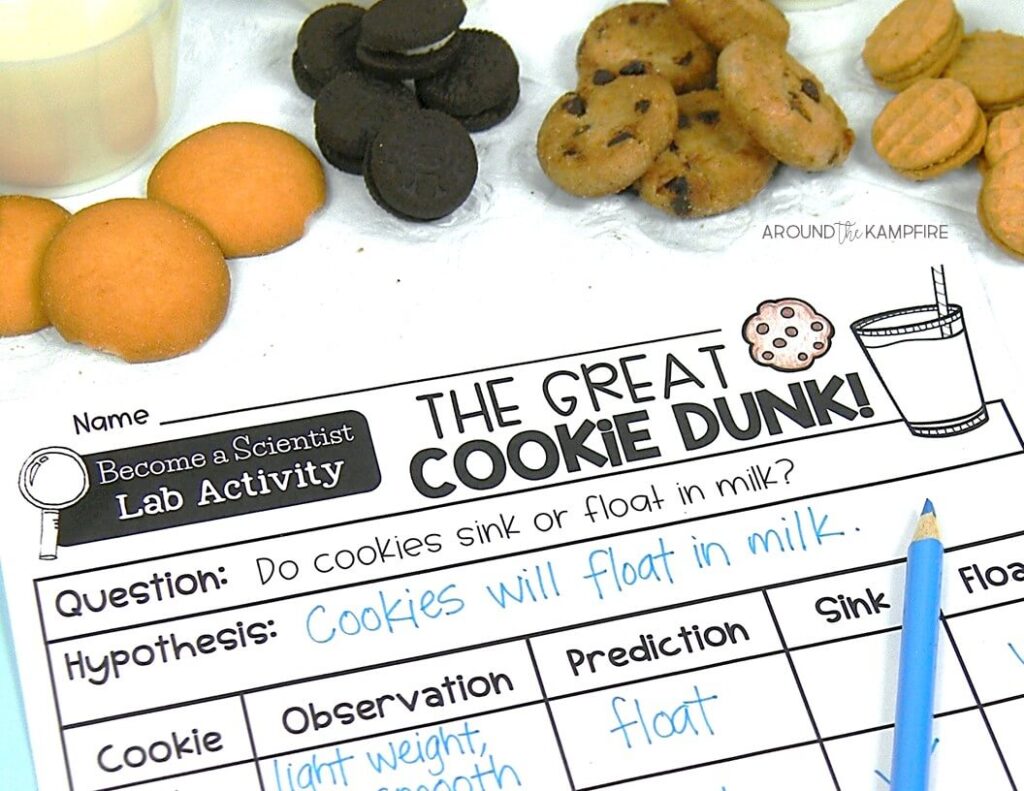






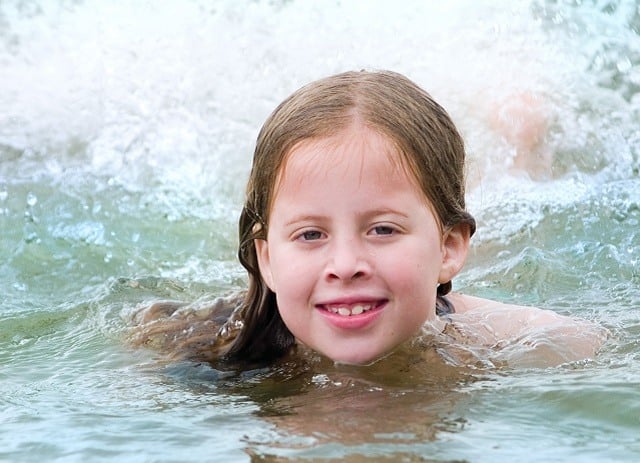
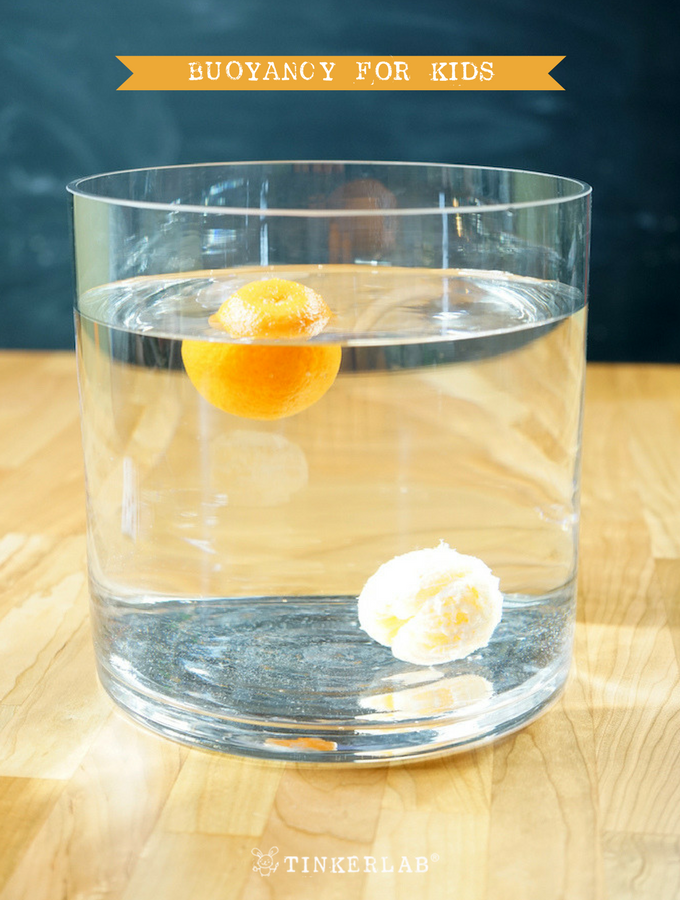

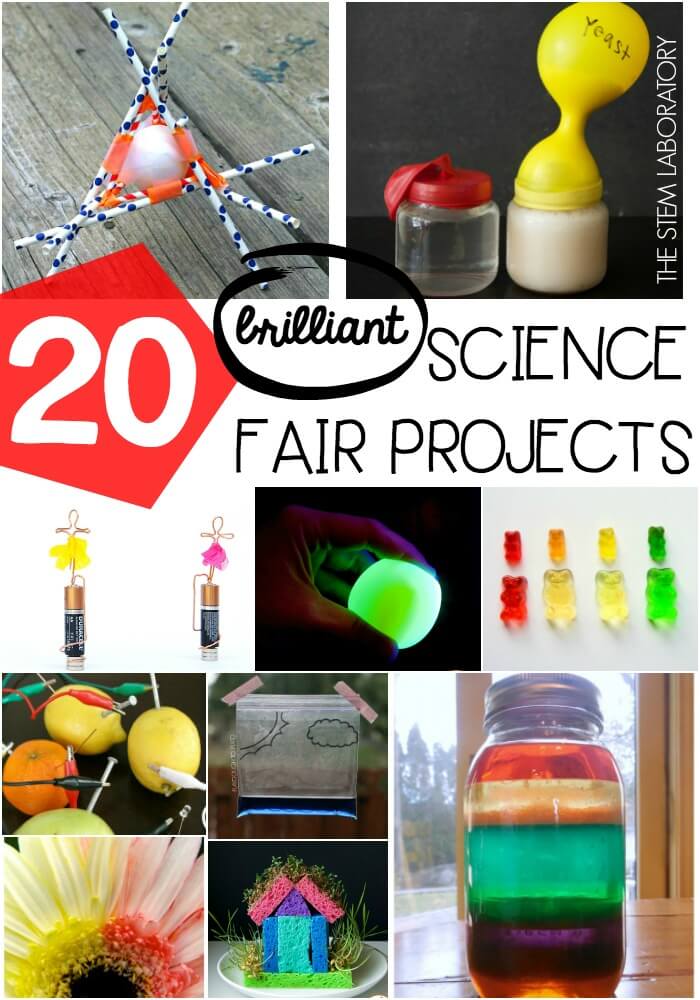



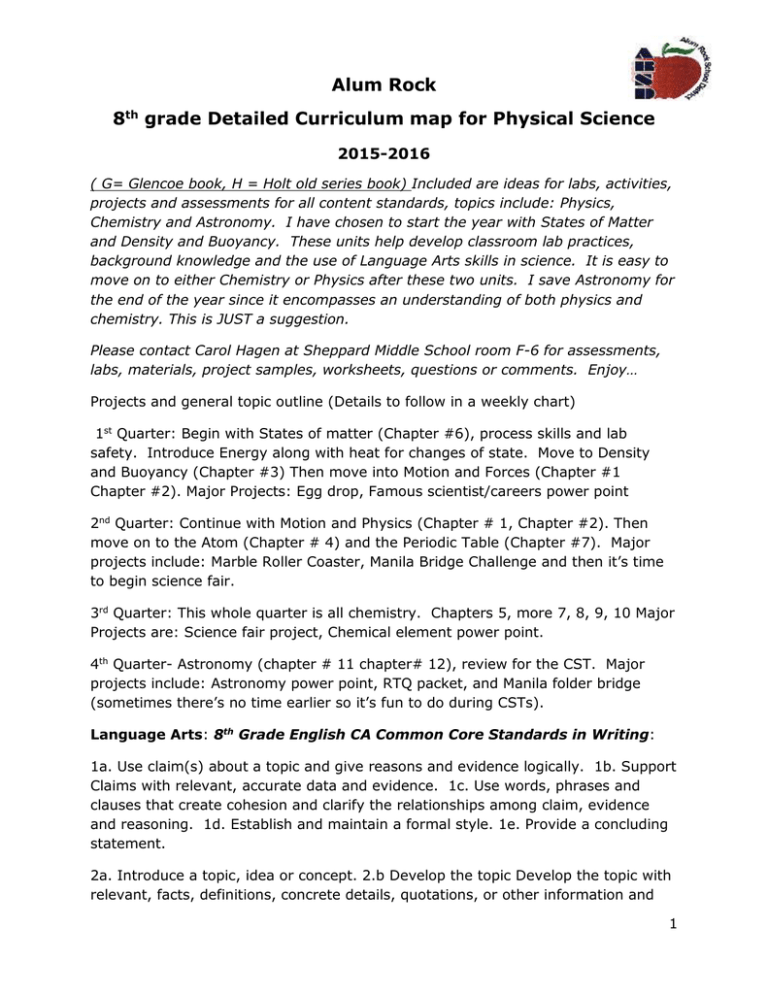





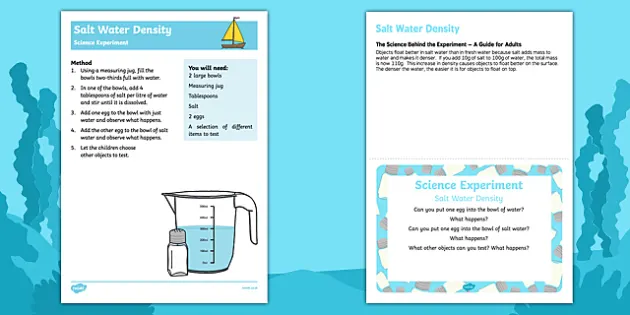
0 Response to "39 buoyancy science fair project"
Post a Comment